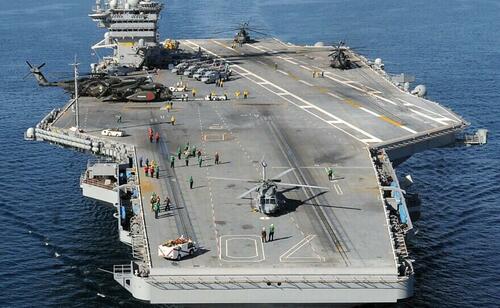Last Friday, Gen. MM Naravane, the former Indian Army chief, said the Indian Army has an advantage over the Chinese People’s Liberation Army (PLA) at the Line of Actual Control (LAC) for the first time. This statement needs to be parsed carefully for its timing and content.
First, Gen. Naravane was speaking at a forum that was releasing a new report titled ‘Resetting India’s Tibet Policy’. Tibet is a touchy issue for Indian policymakers, past and present, with the feeling that much more could have been done and can be done even if little actual progress is actually made. As such, public events on Tibet are always occasions to reiterate possibilities and burnish the credibility of the principal actors within the Indian government.
Second, Gen. Naravane’s public remarks followed revelations from a conference of senior Indian police officers a week earlier, at which the Army was criticised for its overly cautious approach on the LAC, and the claim was made that India had lost access to dozens of patrolling points in eastern Ladakh since the outbreak of the conflict in 2020. Given that Gen. Naravane was the Chief of Army Staff during this period, he must have felt compelled to respond in some fashion.
In his remarks, Gen. Naravane appeared, however, to both confirm the contention that the Army had played it safe and reveal some fundamental misunderstandings of China’s actions and intentions.
He argued that “it doesn’t matter whether four Chinese soldiers were killed or 40. What is material is that we stood up to the PLA and inflicted casualties.” Apart from blowing up long-standing rumours that the Chinese had lost more than four soldiers at Galwan, the general also set a somewhat low bar in terms of expectations from conflict with the Chinese.
Merely standing up to the Chinese on the LAC might actually be a rather big deal, given the differential in material capabilities between the two sides, but it also gives the lie to the contention that Indian troops are more battle-hardened than the Chinese. It has been pointed out previously that the Indian Army’s experience in counter-terrorism and counter-insurgency operations over the past few decades does not necessarily equip its men or leadership for conventional conflict of the sort now expected on the LAC.
Gen. Naravane’s contention is also not helped much by the fact that the constant effort since Galwan has been on diplomacy and getting the Chinese to withdraw from the areas they had occupied, rather than responding in kind. The manoeuvre of capturing the Kailash range heights in August 2020 was quickly reversed as soon as the Chinese agreed to begin withdrawing from Pangong Tso a few months later, even as other friction points remained.
Gen. Naravane’s argument is that given the PLA’s lines of communication to the LAC with India were some 4,000 km long, while India’s lines of communication were considerably shorter at about 400-500 km, the Chinese were under pressure to bring the situation back to normal as soon as possible. This, he said, should allow India to negotiate with China from a “position of advantage”.
However, this line of reasoning ignores several factors. One, the Chinese did engage in conflict at Galwan with far greater constraints. Those constraints are increasingly being whittled down with Chinese infrastructure build-up and troop accretion along the LAC.
Two, if the negotiations between military commanders on both sides over the past two years are anything to go by, the Chinese have not succumbed to the pressure of the long lines of communication that the former Indian army chief speaks of.
Three, comments like those of Gen. Naravane misunderstand the nature and objectives of the Chinese leadership. When the Chinese Communist Party (CCP) is engaged in what it believes is an existential conflict with the US-led West, then countries like India, which Beijing perceives are allied with the West, are fair game. India’s claims of ‘strategic autonomy’ are simply not believed by the Chinese leadership.
Thus, for China, the present situation with India along the LAC is not a “stalemate” from which it sees no benefit and an incentive for negotiations, but an opportunity to tie the Indians down and to signal the CCP’s resolve to both the US and the Chinese people. Indeed, since taking power, CCP General Secretary Xi Jinping has frequently called on the PLA to develop its capabilities and experience in real combat conditions, and situations such as at the LAC are actually seen as welcome opportunities.
The message to the PLA and the Chinese leadership, therefore, is not as Gen. Naravane believes — that any further aggression will draw “a price” or even “a heavy one” — but that the Indians can be pushed around precisely because they both misunderstand the reality and are too eager to reach negotiated settlements.
Download The Mint News App to get Daily Market Updates.
More
Less















